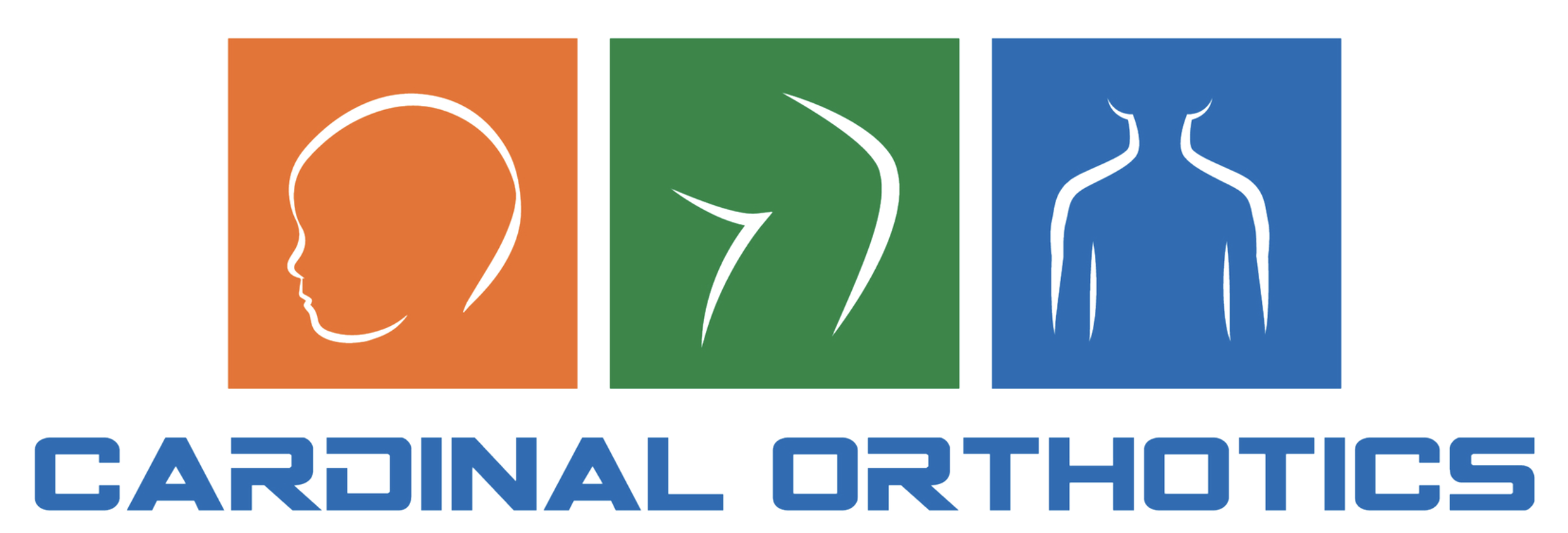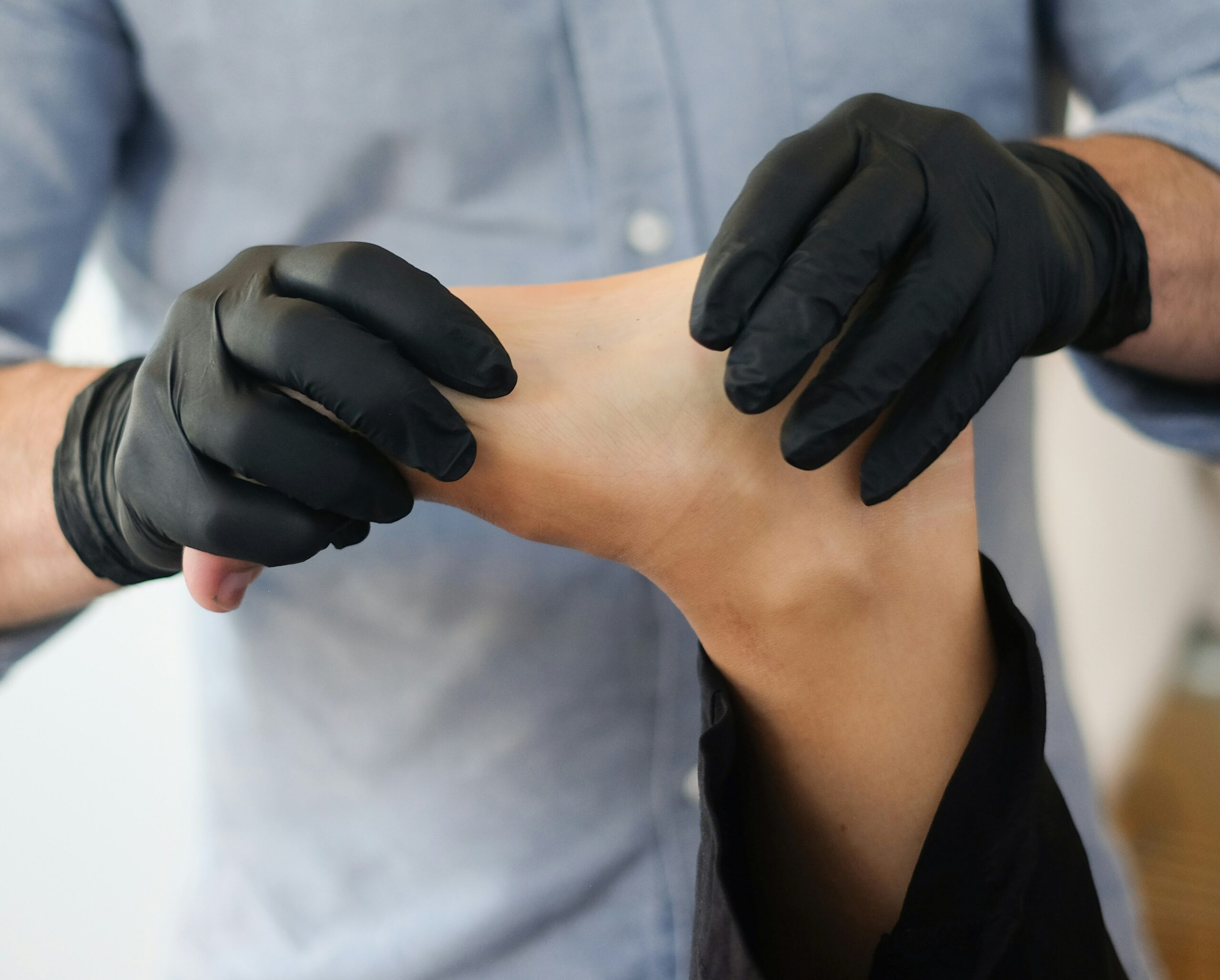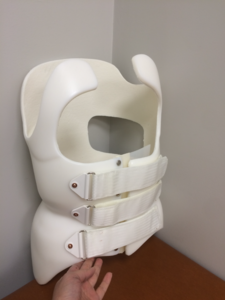
Understanding the Basics of Orthotic Devices
Introduction:
Orthotics is a specialized field of healthcare focused on the design, fabrication, and fitting of custom-made devices known as orthoses. These orthotic devices are designed to support, align, correct, or protect various parts of the body, particularly the musculoskeletal system. In this post, we’ll explore the fundamentals of orthotics, including the types of orthotic devices available, their uses, and the role they play in promoting mobility and enhancing quality of life.
What Are Orthotics?
Orthotics refers to the branch of medicine and allied health sciences concerned with the design, fabrication, and application of orthotic devices. Orthoses, commonly referred to as orthotic devices, are custom-made or prefabricated appliances designed to support, align, correct, or protect specific areas of the body. These devices are typically worn externally and can be made from a variety of materials, including plastics, metals, and foams.
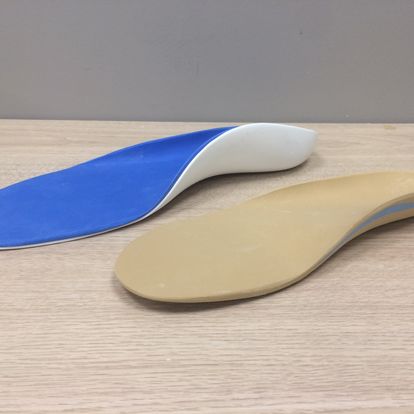
Types of Orthotic Devices
Orthotic devices come in a wide range of types and designs, each tailored to address specific musculoskeletal conditions or functional impairments. Some common types of orthotic devices include:
1. Foot Orthotics: Foot orthotics, also known as shoe inserts or insoles, are devices designed to provide support, cushioning, and alignment for the feet. They can help alleviate foot pain, correct gait abnormalities, and improve overall foot function.
2. Ankle-Foot Orthoses (AFOs): Ankle-foot orthoses are braces designed to support and stabilize the ankle and foot. They are commonly used to treat conditions such as drop foot, ankle instability, and gait abnormalities.
3. Knee Orthoses: Knee orthoses, or knee braces, are devices designed to provide support and stability to the knee joint. They can help alleviate pain, reduce the risk of injury, and improve knee function in individuals with conditions such as osteoarthritis or ligament injuries.
4. Spinal Orthoses: Spinal orthoses are devices designed to support and stabilize the spine. They can be used to correct spinal deformities, relieve back pain, and promote proper alignment of the spine.
Uses of Orthotic Devices
Orthotic devices are used to address a wide range of musculoskeletal conditions, injuries, and functional impairments. Some common uses of orthotic devices include:
– Providing support and stability to weakened or injured joints.
– Correcting abnormal gait patterns or foot deformities.
– Alleviating pain and reducing the risk of injury during physical activity.
– Facilitating rehabilitation and promoting recovery following surgery or injury.
– Preventing or slowing the progression of musculoskeletal conditions such as osteoarthritis or scoliosis.
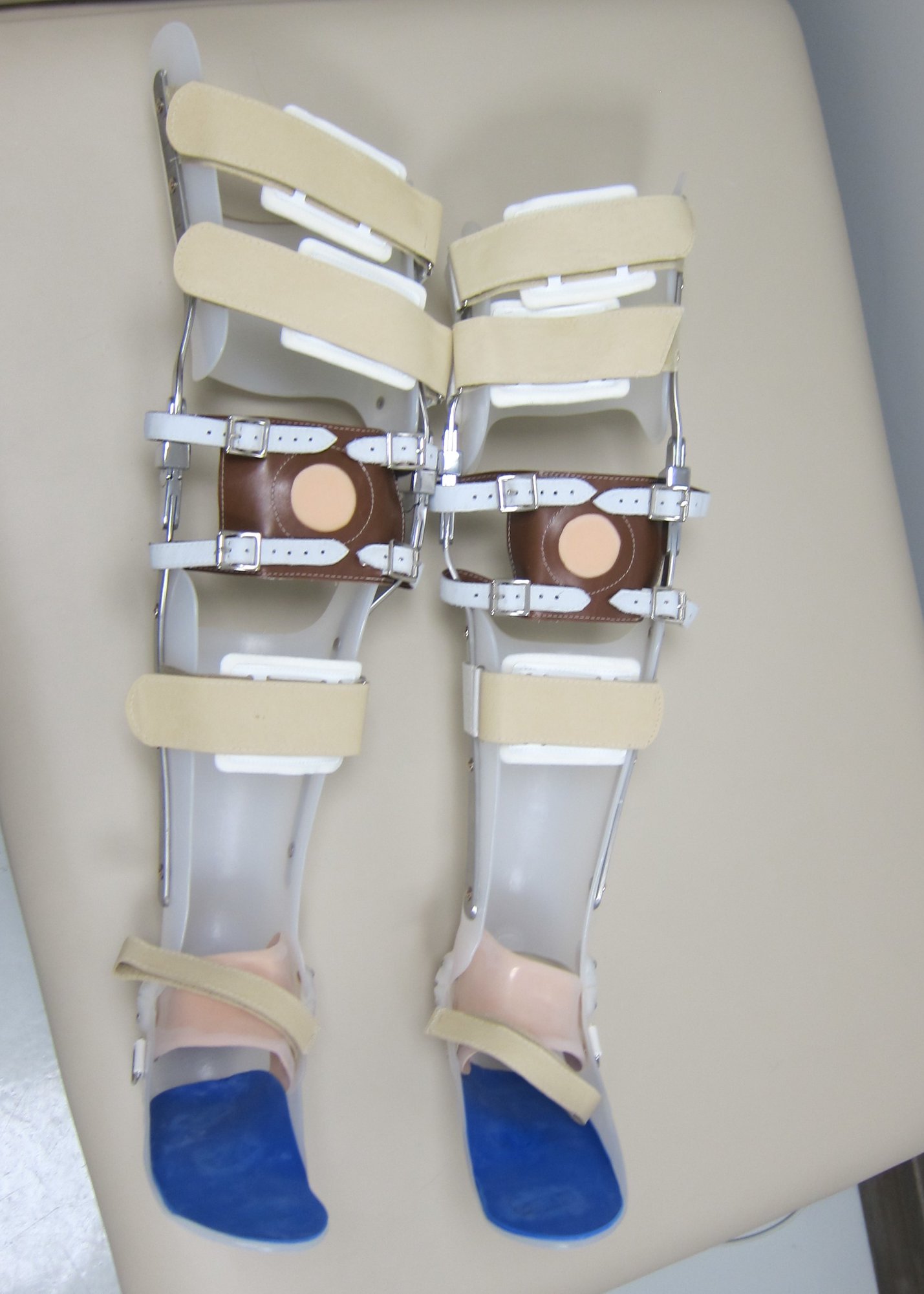
Conclusion:
Orthotics plays a vital role in the management and treatment of musculoskeletal conditions and functional impairments. By providing support, alignment, and protection to various parts of the body, orthotic devices help individuals maintain mobility, reduce pain, and improve overall quality of life. If you or a loved one could benefit from orthotic intervention, consult with a qualified orthotist or healthcare provider to explore available options and develop a personalized treatment plan tailored to your needs.
